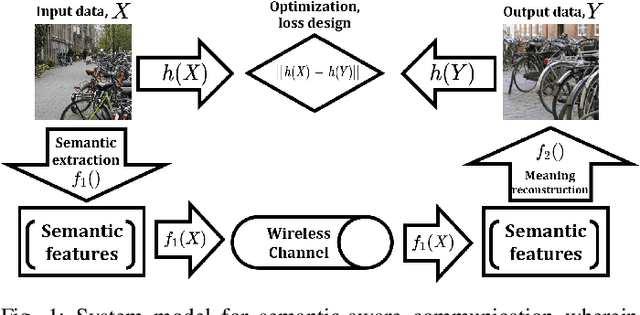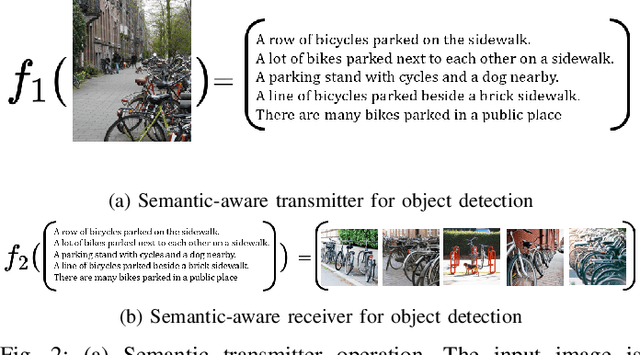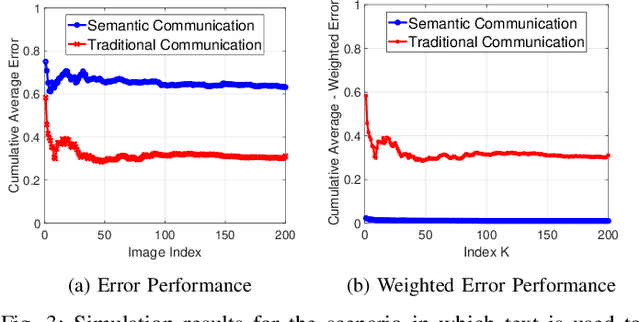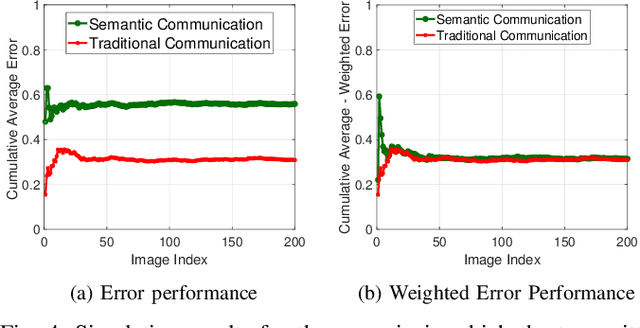Semantic-Aware and Goal-Oriented Communications for Object Detection in Wireless End-to-End Image Transmission
Paper and Code
Feb 01, 2024



Semantic communication is focused on optimizing the exchange of information by transmitting only the most relevant data required to convey the intended message to the receiver and achieve the desired communication goal. For example, if we consider images as the information and the goal of the communication is object detection at the receiver side, the semantic of information would be the objects in each image. Therefore, by only transferring the semantics of images we can achieve the communication goal. In this paper, we propose a design framework for implementing semantic-aware and goal-oriented communication of images. To achieve this, we first define the baseline problem as a set of mathematical problems that can be optimized to improve the efficiency and effectiveness of the communication system. We consider two scenarios in which either the data rate or the error at the receiver is the limiting constraint. Our proposed system model and solution is inspired by the concept of auto-encoders, where the encoder and the decoder are respectively implemented at the transmitter and receiver to extract semantic information for specific object detection goals. Our numerical results validate the proposed design framework to achieve low error or near-optimal in a goal-oriented communication system while reducing the amount of data transfers.
 Add to Chrome
Add to Chrome Add to Firefox
Add to Firefox Add to Edge
Add to Edge